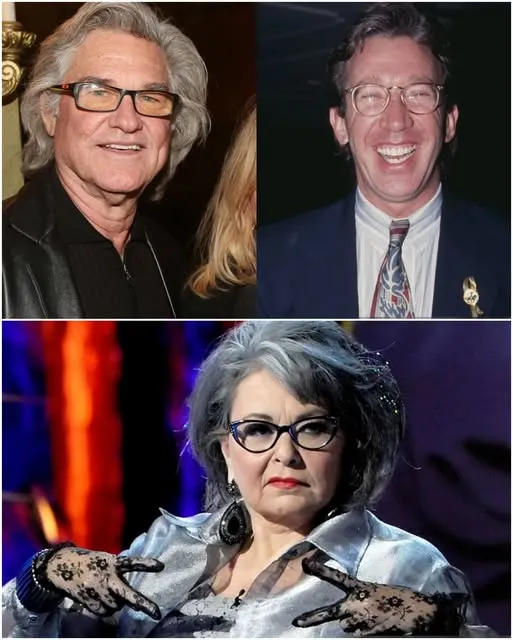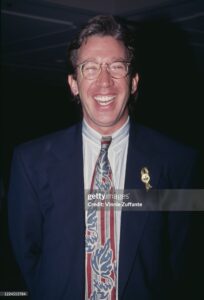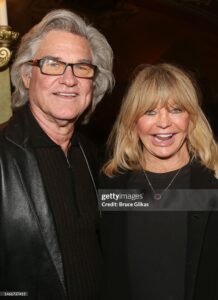A“Clown, Applause, and the End of the World: The Lesson Behind Kierkegaard’s Fire”
Clown, Applause, and the End of the World: The Lesson Behind Kierkegaard’s Fire”

Kierkegaard’s Fire: Why We Laugh While the World Burns
Imagine sitting in a crowded theater, surrounded by laughter and applause. Suddenly, a man rushes onto the stage, shouting a warning: there’s a fire backstage. But instead of panicking, the audience erupts in laughter—they think it’s part of the act.

This isn’t just a dark joke. It’s a powerful metaphor from the 19th-century Danish philosopher Søren Kierkegaard, who used this image to illustrate one of humanity’s most dangerous traits: our ability to ignore real danger—especially when it’s delivered by an unexpected messenger.
The Deeper Meaning
In Kierkegaard’s parable, the clown is telling the truth. But because he’s a clown—meant to entertain, not warn—his message is dismissed as a performance. The audience doesn’t believe him until it’s too late.
Kierkegaard concluded with haunting clarity: “The world will end not with a scream, but with applause.”
This metaphor critiques not only how we treat messengers, but also our addiction to comfort, distraction, and disbelief. It reflects how people tend to laugh off warnings, especially when they disrupt the illusion of normalcy.
Why It Still Matters
Kierkegaard’s metaphor is timeless—and more relevant now than ever:
Climate Change: Scientists have sounded the alarm for decades, yet action remains sluggish. Like the theater audience, we’re distracted, entertained, and largely passive.
Public Health: From pandemics to chronic disease, experts issue warnings, but often they’re ignored until consequences become personal—and irreversible.
Mental Health, Technology, Political Instability: Warning signs are everywhere, yet we scroll past them, assuming someone else will deal with it.
Key Lessons
Heed the message—even if the messenger seems unlikely. Truth doesn’t always wear a suit or come with credentials.
Don’t confuse comfort with safety. Just because a room is full of laughter doesn’t mean there’s no fire behind the curtain.
Act early. Once the flames are visible, it may already be too late.
Resist the pull of distraction. Entertainment is not a shield against reality.
Final Thought
Kierkegaard wasn’t warning us about theaters. He was warning us about ourselves.
In a world that drowns in noise, it’s easy to dismiss uncomfortable truths—especially when they’re wrapped in humor, unconventional voices, or inconvenient timing. But real danger doesn’t wait for belief. It just keeps burning.
So the next time someone shouts “fire” in a world too busy clapping, pause and look. The future may depend on it.
🚨 Redistricting Earthquake in Texas: Jasmine Crockett’s Seat Hanging by a Thread 💣💥

BREAKING: Jim Jordan Accuses Schiff of Leaking Classified Info to Sabotage Trump During Patel Hearing!

Roosevelt Avenue Under Siege: A Community’s Desperate Battle Against International Criminal Networks

In the heart of New York City’s most diverse borough, a two-mile stretch of commercial road has become the unlikely epicenter of an international criminal enterprise that has transformed a vibrant immigrant community into what residents describe as an occupied territory. The ongoing crisis has sparked a grassroots movement that represents both the failure of traditional law enforcement approaches and the power of organized community resistance against seemingly insurmountable odds.

What emerges from this struggle is a complex story of federal bureaucracy, local politics, international crime, and the fundamental question of whether American communities can reclaim their neighborhoods from sophisticated criminal organizations that operate with apparent impunity.
The Transformation of a Neighborhood
The Roosevelt Avenue Corridor in Queens has become synonymous with organized criminal activity, transforming what should be a vibrant immigrant community into what residents describe as an open-air marketplace for illegal enterprises. This stretch of Queens, which falls within Rep. Alexandria Ocasio-Cortez’s congressional district, has witnessed an alarming escalation in criminal activity that local law enforcement appears unable to contain through traditional policing methods alone.
The corridor’s transformation didn’t happen overnight. Over several years, what began as isolated incidents of street crime evolved into a sophisticated network of criminal enterprises with international connections. The area is now controlled by multiple criminal organizations, including the notorious 18th Street gang, the emerging Tren de Aragua organization from Venezuela, and Chinese organized crime groups.
These criminal enterprises have established what residents describe as an “iron fist” control over the corridor, creating a climate of fear that extends far beyond the immediate criminal activities. The gangs have diversified their operations to include human trafficking, document fraud involving green cards, drug distribution, and the forced prostitution of vulnerable women.
A crying girl at the gas station was surrounded by bikers, prompting everyone to call 911



















